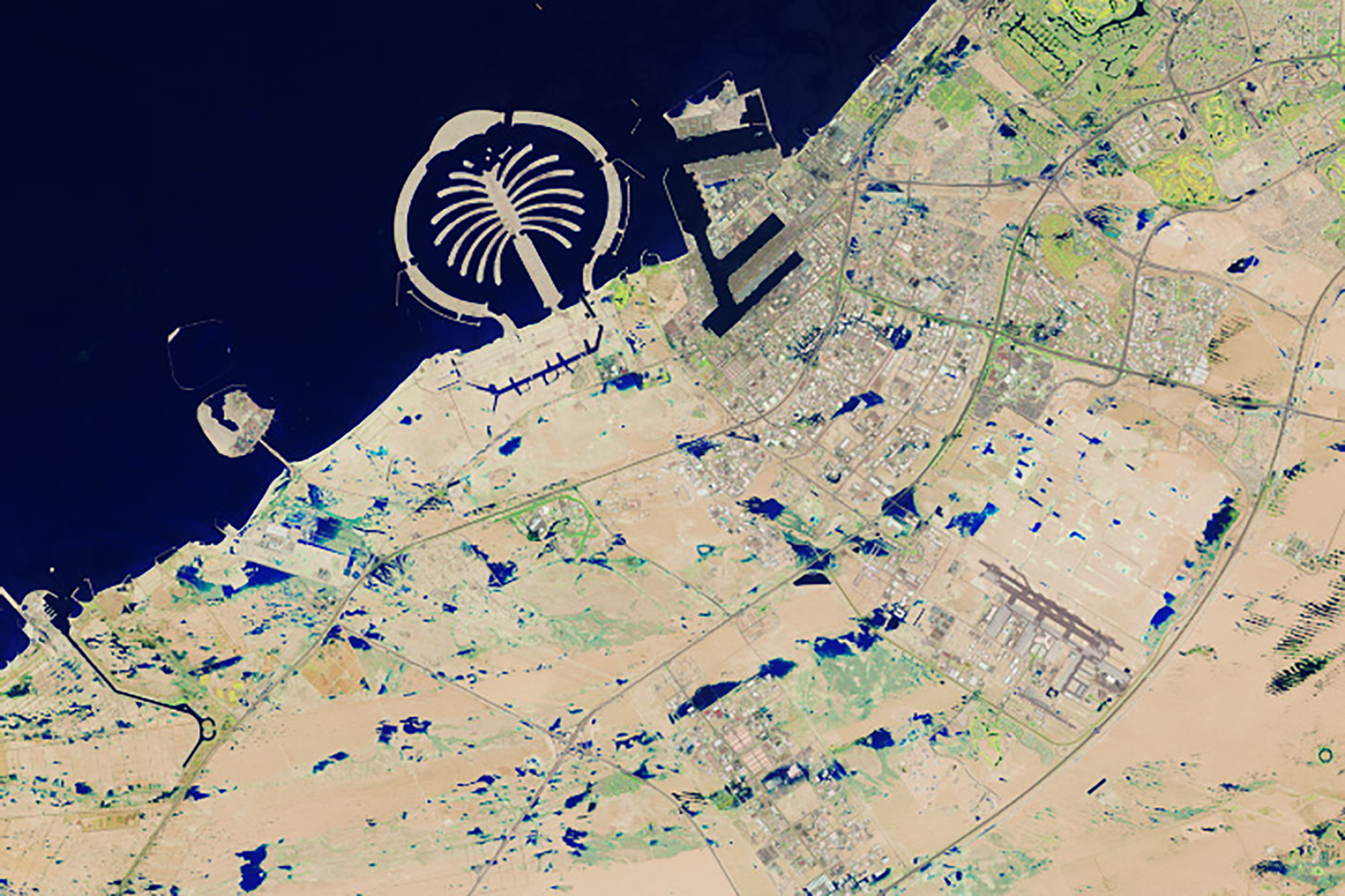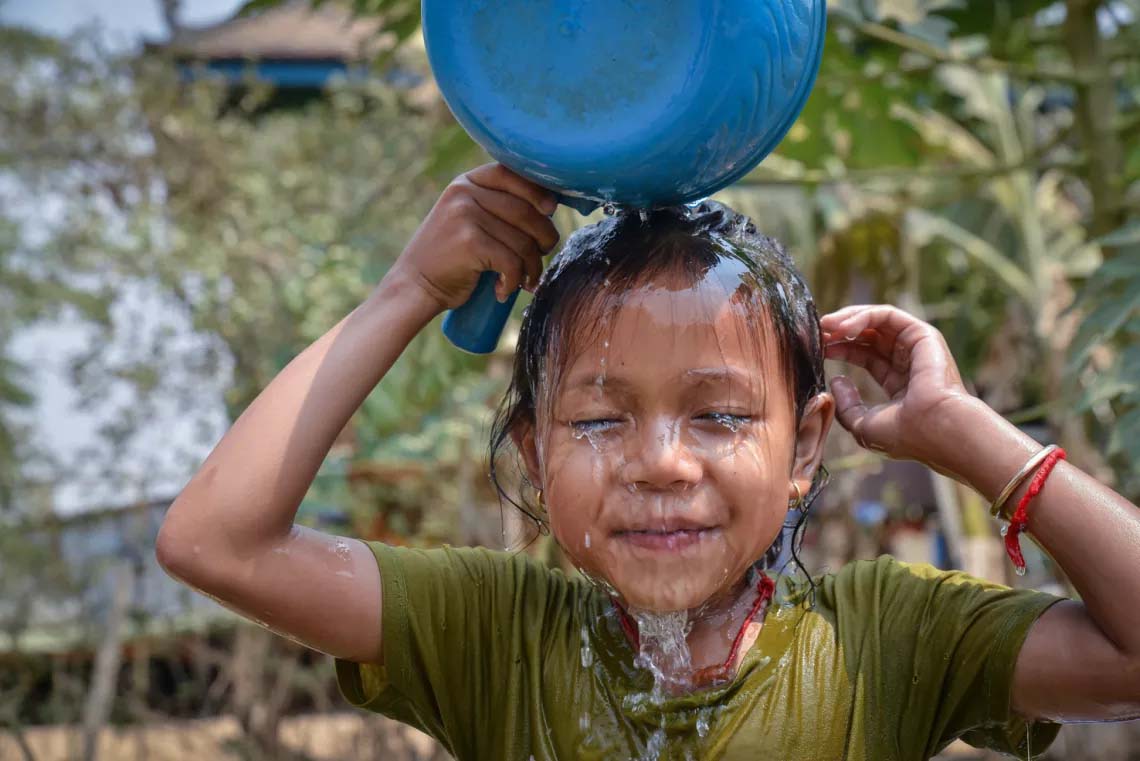Climate change affects people differently, with the poorest and most vulnerable bearing the brunt. Developing countries suffered economic loss and damage of US$425 billion in 2020 due to climate change. One of the best ways to address loss and damage linked to climate change is to make funding available directly to local communities, Indigenous peoples, and civil society organizations so that they can design, implement, and deliver their innovative solutions that are culturally appropriate and context-specific. The Global Environment Facility Small Grants Programme, implemented by the United Nations Development Programme (UNDP), provides support to local organizations to tackle environmental issues like climate change.
World Space Week is an international celebration of science and technology, and their contribution to the betterment of the human condition. The United Nations General Assembly declared in 1999 that World Space Week would be held each year from October 4-10. For the year 2024, the chosen theme is “Space and Climate Change.” This theme emphasizes the critical role of space exploration and technology in understanding and addressing the challenges posed by climate change.
Two months after Hurricane Beryl, one of the most destructive storms in recent memory, residents of the Caribbean’s once-idyllic Grenadines Islands are still battling to rebuild their lives and livelihood. With winds up to 240 km/h, Beryl devastated essential infrastructure and dwellings in many of these little island towns, displacing thousands. Amid the aftermath, stories of strength and resilience emerge from the rubble. As families continue to pick up the pieces, the International Organization for Migration (IOM) is working with the Government of Saint Vincent and the Grenadines, as well as national and international partners to provide emergency relief.
There is a global call for more climate finance to support Low and Middle-Income Countries and fund adaptation. However, roughly $4.8 trillion has been channeled into climate action, with 75 percent invested in high-income countries.
Sea-level rise is one of the most significant impacts of climate change, with rates doubling over the past 30 years and expected to rise 15-30 cm by 2050. Extreme sea-level events, once rare, could happen annually by the end of the century. This problem will affect a billion people in low-lying coastal zones. The High-Level Meeting on Sea-Level Rise (25 September), the first of the General Assembly on this issue, will focus on building understanding, political leadership, and international cooperation to promote solutions for vulnerable states and communities. Follow it!
Iceland has created the world's first Glacier Graveyard on the Seltjarnarnes Peninsula, symbolizing the loss of glaciers due to climate change. It features memorial tombstones for glaciers that have melted, such as the Okjökull Glacier. This initiative aims to raise awareness about the rapid disappearance of glaciers worldwide.
The World Meteorological Organization report on the State of the Climate in the South-West Pacific 2023 shows how weather-related disasters are undermining socio-economic development, as well as threatening health, food and water security in the region. The report was launched yesterday and provides a snapshot of climate indicators like temperatures, sea level rise, ocean heat and acidification and extreme weather, alongside risks and impacts.
Renewable energy solutions are providing a more reliable source of electricity for millions of people in Yemen – and improving their access to essential services.
The Rings of Fire 2024 report offers vital recommendations for sporting authorities to prevent disruption and minimize heat risks.
Across the globe, the way Indigenous Peoples produce, transform and consume food is based on a deep knowledge of the local ecosystems. WFP is tapping into this knowledge to fight hunger.
Extreme heat affecting the health of 70% of the global workforce. Shifting weather patterns damaging our harvests. Rising sea levels increasing the chances of catastrophic floods. The impacts of climate change are global in scope and unprecedented in scale. Since the 1800s, human activities have been the main driver of climate change, primarily through the burning of fossil fuels such as coal, oil and gas. Without drastic action today, adapting to these impacts in the future will be more difficult and costly. We are at a defining moment to change the path of humanity.
Climate change impacts are becoming more severe, with increasing droughts, floods, and extreme heat. We have a crucial two-year window to influence countries' third generation of Nationally Determined Contributions and keep global warming below 1.5°C.
Sand and dust storms are an essential element of the Earth’s natural bio-chemical cycles, but are also caused in part by human-induced drivers including climate change, unsustainable land management, and water use, and in turn sand and dust storms contribute to climate change and air pollution. At least 25 per cent of global dust emissions originate from human activities. Sustainable water and land management practices can decrease the impacts of sand and dust storms. The International Day of Combating Sand and Dust Storms (12 July) brings attention to this formidable and wide-spread challenge.
Climate change is raising global temperatures and causing historic heat waves. More countries are facing hotter days more frequently, with more intensity and for longer periods. The heat stress caused by exposure to heat waves can negatively affect health and well-being, especially for infants and young children. As heat waves become more frequent and last longer, the need for urgent action grows stronger. Preparedness can protect vulnerable populations, especially children. UNICEF encourages governments and partners to join the Children’s Environmental Health Collaborative.
We are at a critical juncture in the climate crisis, and 2024 is a landmark year for democracy. These two historical milestones are not just coinciding; they are intertwined and essential to the shape of our future. In what’s being called a ‘super year’ for elections, half of the world’s adult population will have the chance to go to the polls, and climate action is one of the factors which affect how people vote. With a changing political landscape, 2024 could be a turning point to stabilize the climate and secure a livable planet for today and for generations to come.












